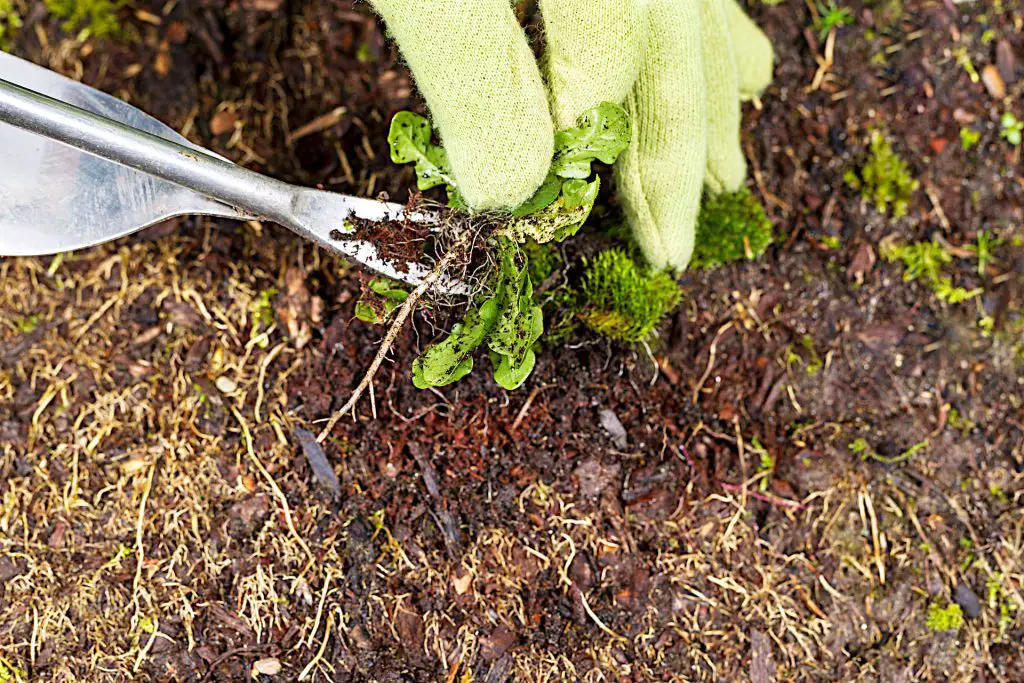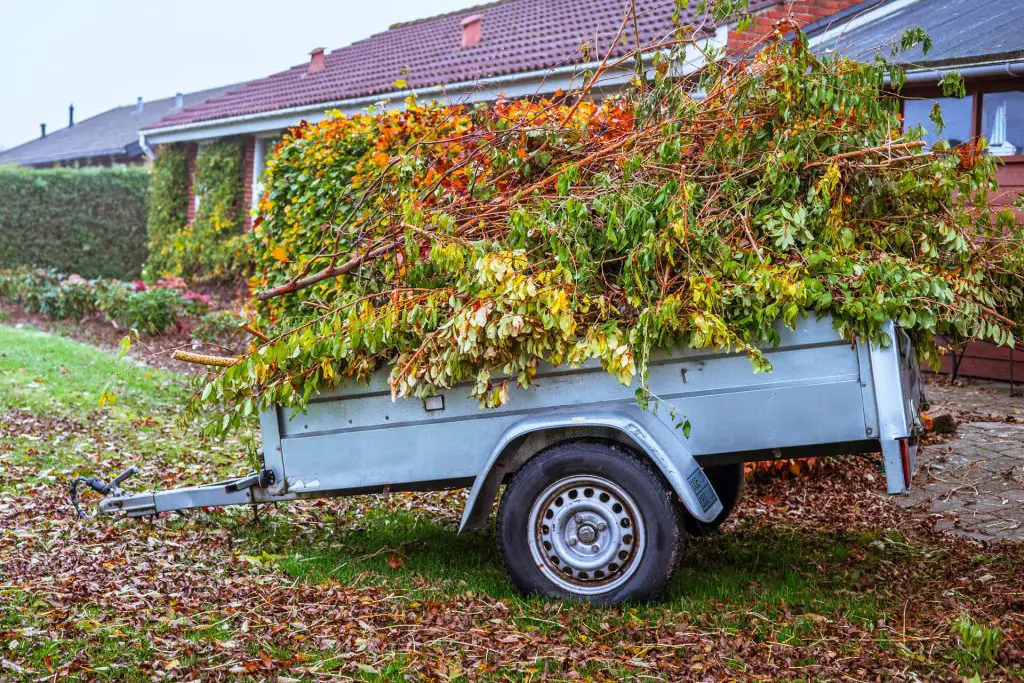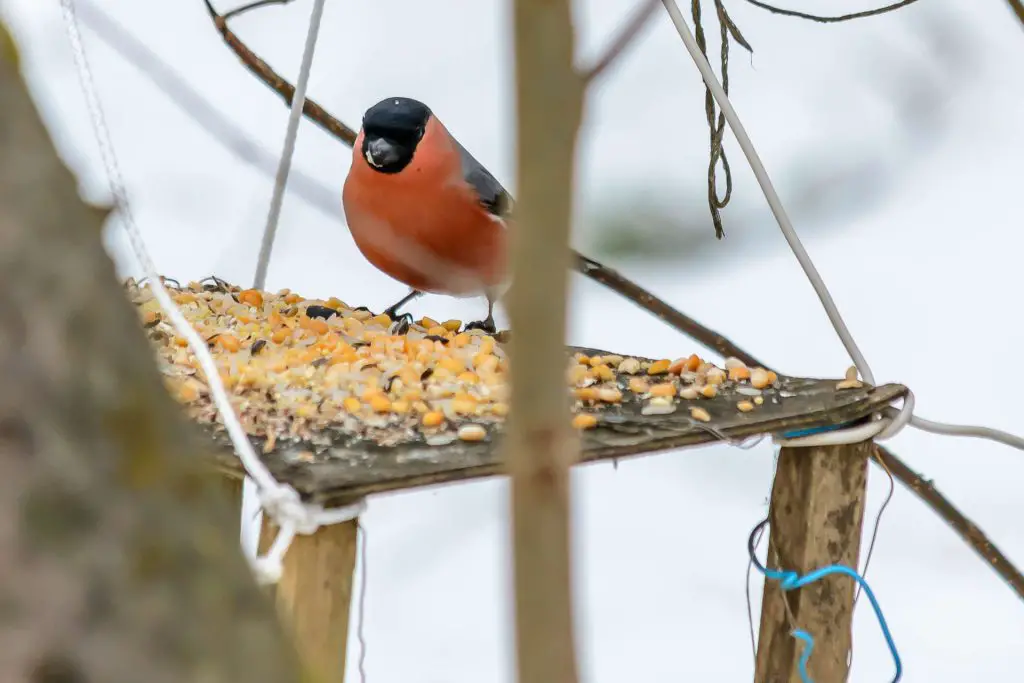15 Gardening Tasks for September: Must-Dos for a Healthy Garden
September marks the beginning of autumn and an important transitional time in the garden. With your August gardening schedule behind you and as summer gently moves into fall, it is time to turn your attention to a number of essential gardening tasks for September that will require completing to prepare your garden for the upcoming colder months. Proper September garden prep is a crucial time in the gardening calendar for maintaining the health and productivity of your garden from season to season.
The main focus of September gardening is preparing tender plants for the possibility of frost and freezing temperatures. You’ll also want to take advantage of the still-warm soil temperatures to plant cool-weather crops and spring-blooming bulbs for next year. In addition, September is an ideal time for general garden clean-up, pest management, harvesting the last of your summer crops, and planning your overwintering strategy.
By dedicating some time in September to complete these gardening tasks, you’ll ensure your garden thrives from the first days of spring through the heat of summer and into the fall. Addressing these to-do’s now will pay off down the road with a healthier, more vibrant, and bountiful garden.
Keep on Weeding

Weeds compete with garden plants for water, nutrients, and sunlight. If left uncontrolled, they can quickly take over your vegetable garden, flower beds, and lawn. September is a critical time for weed control in order to prevent new generations of weeds from establishing themselves.
Why Weed Control is Important
- Prevents weeds from going to seed and multiplying
- Reduces competition for soil nutrients
- Allows garden plants to receive sufficient sunlight
- Promotes air circulation around plants
- Improves aesthetics of garden beds and lawns
- Reduces habitats for pests and diseases
Weeding Techniques
- Hand pull annual weeds and shallow-rooted perennials
- Use a hula hoe to sever the roots of small weeds
- Employ the “taproot” method for deep-rooted weeds
- Solarize soil with clear plastic to kill weed seeds and seedlings
- Apply organic herbicides like vinegar, soap, and corn gluten meal
- Mulch bare soil areas to block light and suppress weeds
Be sure to remove and dispose of weed plants and seeds to prevent regrowth. Persistence is key for effective weed management. Plan to dedicate an hour or two each week for weeding to maintain a healthy garden ecosystem.
Protecting Plants from Frost
The first light frosts of late summer and fall can damage or kill tender plants in the garden. Now is the time to take protective measures against cold nights ahead.
Gather Frost Protection Supplies
- Row covers
- Horticulture fleece
- Plastic sheets & tarps
- Old sheets, blankets, towels
- Straw, leaves, pine needles
- Cloches, cold frames, hoop houses
- Space heaters, strings of lights
Extend the Growing Season
Temporary covers like fabric row covers and plastic tunnels allow you to safely prolong the harvest of cold-sensitive fruits and vegetables. Use hoop supports to keep covers from touching plant leaves. Ventilate on sunny days and remove covers daily when temps exceed 75°F.
Protect Specific Plants
Wrap or cover the most vulnerable plants when frost is imminent. Prioritize young plants, tropical, and fruiting plants like peppers, tomatoes, basil, bananas, and citrus. Aim for at least 2-3 inches of insulating air space around the plant. Remove coverings promptly in the morning.
Seed Saving
Preserving seeds from your healthiest, highest-yielding plants is a time-honored gardening practice. September is prime time for seed collection. Here are some tips:
- Label envelopes with plant name and date collected
- Allow seed pods/heads to fully mature and dry on plants
- Collect seeds on a sunny, dry day
- Spread fleshy seeds out to dry away from direct sunlight
- Clean and dry seeds for 1-2 weeks before storage
- Store seeds in envelopes in a cool, dark, dry place
Seed saving allows you to perpetuate plant varieties you love and avoid purchasing new seeds. It also maintains genetic diversity. With properly stored seeds, you can look forward to planting again next spring!
Fall Garden Cleanup

As the growing season winds down, be sure to set aside time for garden cleanup activities:
- Remove dead or dying annual plants
- Clear away fallen leaves, debris, and litter
- Pull out plants that have stopped producing
- Eliminate weeds down to the roots
- Take out vegetable plants with signs of disease
- Dispose of heavily infested plant waste
- Compost healthy plant material
Thorough garden cleanup disrupts disease/pest life cycles and establishes a “clean slate” for next year’s garden. It also improves the aesthetics. Focus on any problem areas first. Then do general clearing and tidying. Your spring self will thank you!
Harvesting Frost-Sensitive Vegetables
Cold snaps can spell disaster for warm-weather vegetables like tomatoes, peppers, beans, cucumbers, squash and melons. When fall frost threatens:
- Harvest mature fruits ASAP, even if green
- Pick all you can, then pull spent plants
- Prioritize the most vulnerable varieties
- Check microclimate areas for continued harvests
- Cover/protect remaining ripening produce
- Store unripe fruits for delayed ripening indoors
You can also harvest entire plants and hang or replant them in containers indoors near bright windows. With some luck, you may get continued late harvests to enjoy!
Frost Protection Planning
Advance preparation is key to protecting your garden when frost threatens. Here are some tips:
- Monitor weather forecasts and historical frost dates
- Have covers/materials ready to deploy when needed
- Know which plants are most vulnerable
- Select appropriate covers for different situations
- Check for frost alerts and low temps after sunset
- Cover sensitive plants by late afternoon/early evening
- Remove covers promptly after sunrise when frost danger has passed
With a frost protection action plan, you can quickly safeguard your plants when cold hits. Just a few hours warning can make all the difference!
Recommended Cover Materials
| Material | Frost Protection Provided | Notes |
|---|---|---|
| Row cover fabric | Up to 4°F | Allows airflow and light penetration |
| Plastic sheeting | 1-2°F | Traps escaping warmth, limit ventilation |
| Horticulture fleece | Up to 8°F | Water resistant protection for larger plants |
| Blankets/towels | Up to 2°F | Use for smaller container plants |
| Cloches | 2-6°F | Mini greenhouses for individual plants |
| Cold frames | Up to 6°F | Protect larger planting areas |
Choose the right covers suited to your garden’s specific needs and the expected frost severity.
Fall Tree Planting
September through October is ideal for planting trees in many regions. Benefits of fall tree planting include:
- Soil is still warm which encourages root growth
- Cooler air temperatures reduce transplant shock
- Less need for frequent watering like spring plantings
- Extended period for establishment before next summer
- Wide selection of trees available at nurseries
When selecting trees, consider your climate zone, sun exposure, soil needs, space constraints, and desired foliage or flowers. Prepare the planting area, dig a wide hole, carefully place the root ball, backfill with native soil, water deeply, and mulch. Stake for support if needed. Fall is a great time to establish new trees!
Transplanting Clematis
Late summer to early fall is the preferred season for transplanting clematis vines. With proper technique, you can successfully relocate clematis to a new area of your garden.
Tips for Transplanting Clematis:
- Water clematis vines regularly 1-2 weeks before digging them up
- Prune vines back by at least one-third to reduce stress
- Carefully dig up as much of the root system as possible
- Replant in a lightly shaded area with trellis support
- Water thoroughly after transplanting
- Mulch and continue deep watering through fall
With a little TLC, your clematis will recover from transplant shock and resume vigorous growth next season. Site them wisely to enhance the beauty of your garden.
Attracting Birds to the Garden

Welcome colorful, lively birds to your garden by providing:
Food:
- Seed-bearing flowers – cosmos, sunflowers, coneflowers
- Berry-producing shrubs – holly, viburnum, dogwood
- Fruit trees – apple, pear, cherry, plum
- Bird feeders with seed mixes
Water:
- Shallow bird baths
- Fountains, ponds, and water features
Shelter:
- Dense shrubs and brush piles
- Nesting boxes mounted 6-12 ft high
- Native trees and evergreens
You’ll reap benefits like pest control, pollination, and garden entertainment. A few simple enhancements are all it takes to convert your garden into a birdwatcher’s paradise!
Adjusting Fertilization Practices
Late summer through fall is the ideal time to cease fertilizing many plants:
- Avoid fertilizing dormant trees, shrubs, lawns
- Halve normal fertilizer rates for still-active plants
- Stop fertilizing annuals and vegetables unless still producing
- Discontinue fertilizing insect/disease-susceptible plants
- Let plants harden off naturally as day length shortens
The goals are to discourage excessive new growth prone to frost damage and prepare plants for winter dormancy. Let nature ease plants into reduced activity and hibernation. Resume fertilization when spring growth begins.
Deep Tree Watering
Continue deep watering newly planted and existing trees during the fall. Adjust your watering regimen based on the tree’s age, species, soil needs, and autumn weather in your area:
- Newly planted trees – Water thoroughly every 7-10 days during dry periods
- Established trees – Perform deep watering every 2-3 weeks until a hard freeze
- Drought tolerant species (oak, honey locust, hackberry) – Water deeply once a month
- Moisture-loving trees (birch, willow, dogwood) – Water more frequently, up to weekly
- Sandy soils – Require more frequent watering than clay soils
- Hot, dry fall weather – Increase frequency; decrease if rainy
Deep watering encourages stronger root systems and reduces winter damage. Allow the full root zone to saturate then dry out before watering again.
Pruning Fruit Trees
Use the fall season to prune and improve the structure of fruit trees like apples, pears, peaches, plums, and citrus:
- Remove dead, diseased, and damaged branches
- Cut out crossed, congested, and problematic branches
- Eliminate water sprouts and suckers
- Shorten extra-long, leggy branches
- Thin inner branches and crown to open up airflow
Always make clean cuts just outside the branch collar. Limit pruning to a maximum of 25% of live growth per season. This maintenance pruning enhances the form, health and productivity of fruit trees.
Dividing and Transplanting Perennials

Early fall is the prime time to divide overgrown perennials and transplant divisions to expand your garden:
How to Divide Perennials:
- Dig up entire plant and root ball
- Shake off excess soil
- Split sections with a sharp knife or pruners
- Discard the oldest center portion if woody
- Replant divisions 12-18 inches apart
Top Perennials for Fall Division:
- Bearded iris
- Peony
- Astilbe
- Hosta
- Hemerocallis (Daylily)
- Rudbeckia
- Sedum
Dividing overcrowded clumps rejuvenates perennials and yields new plants! It’s extremely rewarding.
Planting Spring-Blooming Bulbs
Embrace autumn by planting spring flowering bulbs like tulips, daffodils, and hyacinths. Follow these tips:
- Choose plump, firm bulbs free of mold or damage
- Prepare the soil with compost and bulb fertilizer
- Plant bulbs pointed side up at a depth 2-3 times their size
- Space bulbs 2-6 inches apart depending on the variety
- Cover beds with 2-4 inches of mulch after planting
- Water bulbs well through fall and winter
Come spring, you’ll be delighted when your bulbs emerge and blossom into a colorful display. Now is the perfect time to plan next year’s bulb garden!
Final Thoughts: Gardening Tasks for September
Completing key gardening tasks in September prepares your landscape for both the approaching colder months as well as the future growing season. By taking steps to protect tender plants, safely store the last of the harvest, plant for spring, attune soil fertility, enhance hardiness, and control pests, you can transition the garden smoothly through the seasonal changes ahead.
While summer’s heat fades, September offers abundant opportunity to improve your garden. Projects like dividing perennials, transplanting shrubs, amending soil, and planting trees or bulbs will all translate to greater success next year. Fall gardening ensures your efforts continue to pay dividends.
Despite winter’s approach, September is no time to rest. But the work is rewarding. As you complete your September gardening checklist, you can step back and appreciate the garden’s evolving seasonal beauty. The vibrant changing colors of leaves, the lingering late harvests, and the bounty of texture, shape, and plant form all come into focus this time of year in the garden. September allows you to refresh, rejuvenate, and prepare your landscape for future success.
So embrace these transitional weeks and all they offer the gardener. October’s shorter days and colder nights will arrive soon enough. For now, make the most of September by crossing off your outstanding garden tasks. When spring’s warmth finally returns again, you’ll be greeted by a healthier, more robust landscape ready to reward your diligent efforts.
